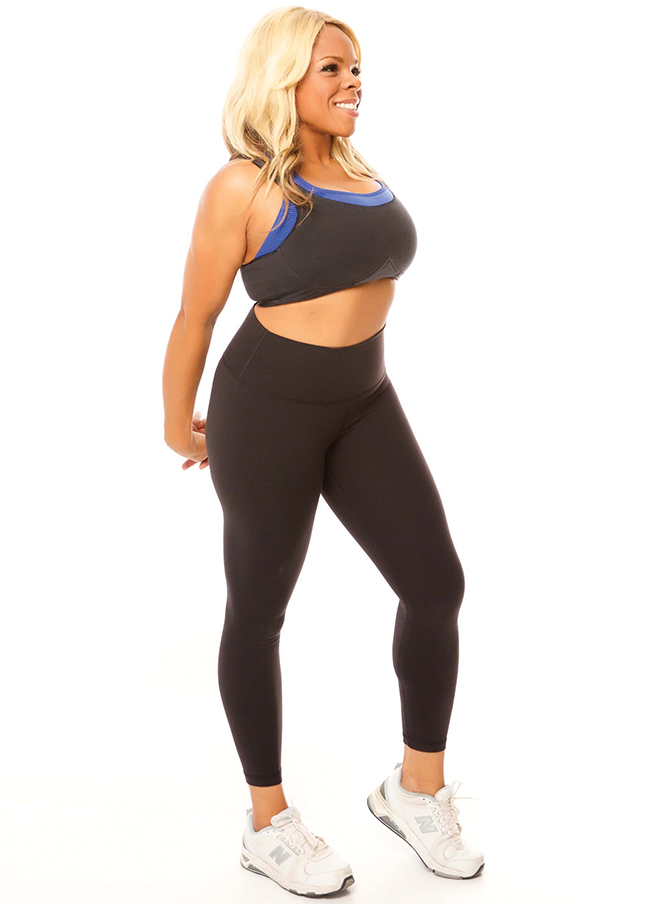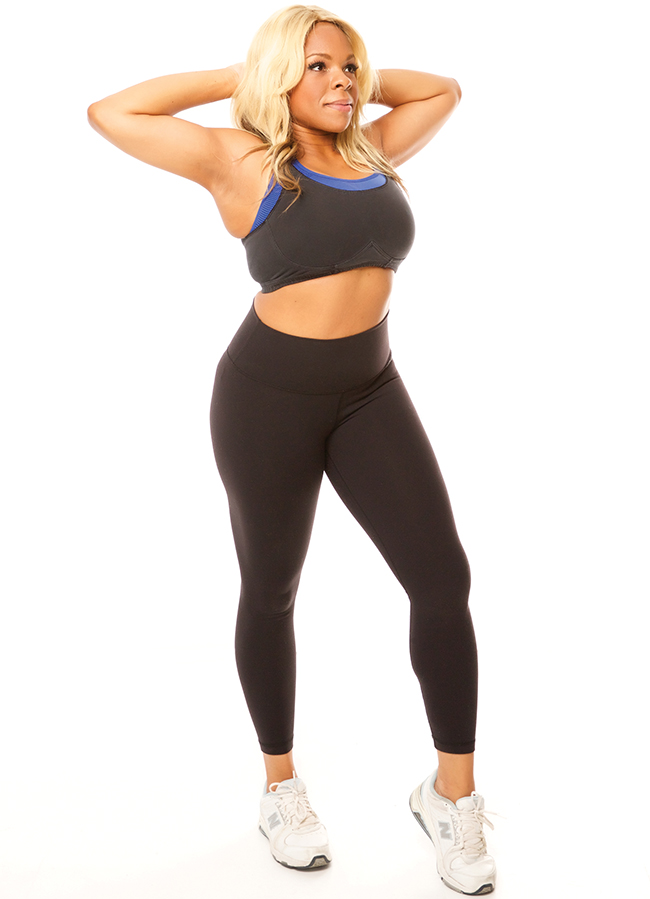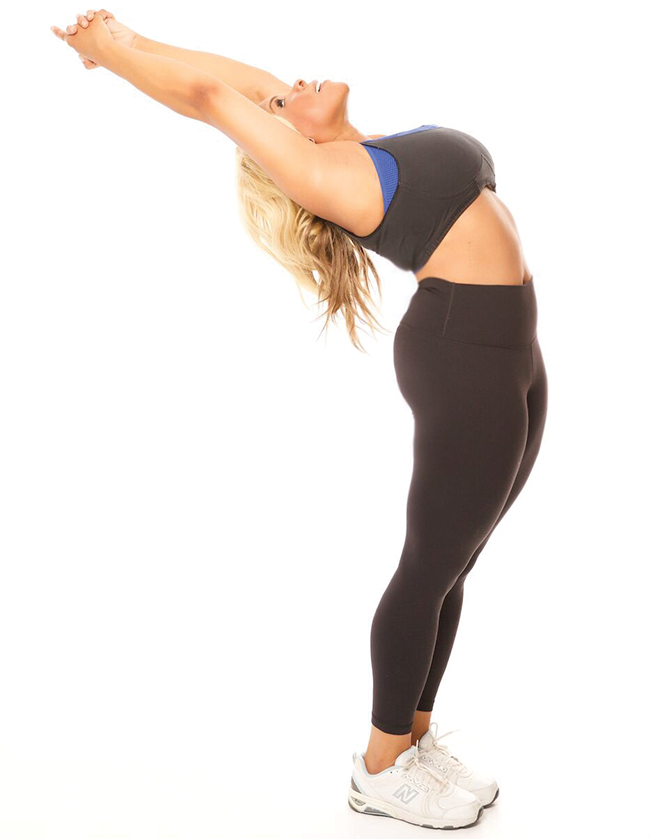You may be spending more time at home and more time on the couch, but that doesn’t mean you have to stop taking care of yourself. Here, three easy exercises to help improve your posture.
The Calgary-raised Toronto-based Dr. Liza Egbogah, known by her patients and in celebrity circles as Dr. Liza, has both a doctorate of chiropractic and a diploma in manual osteopathic practice. A graduate of the University of Alberta with a pharmacology degree, she is also an expert in myofascial release and manual osteopathy.
“The ‘myo’ in myofascial release refers to muscle, while ‘fascial’ refers to fascia, which is the connective tissue that connects everything in your body,” she explains. “With myofascial release, you can elicit structural change to the body to improve alignment and function. When the body is aligned, you move better, feel better and have more energy. It also helps to treat injuries and prevent future injuries.”
Also a member of Harvard University’s postgraduate association, Dr. Liza consults with corporations on body, posture, pain management and stress reduction. She’s a regular on TV and has been seen treating stars prior to them hitting the red carpet in Toronto for TIFF and in Hollywood pre-Oscars. No wonder then, that political leaders, pro athletes and actors such as Jamie Foxx, Sally Hawkins and Gerard Butler have all allowed her to lay her healing hands on them.
Dr. Liza often uses manual osteopathy: “a hands-on technique that helps manipulate muscles, fascia, joints and viscera to create balance and alignment in the body,” she explains. “Primarily, a manual osteopath will address musculoskeletal problems like foot pain, back problems, headaches and number of other conditions that affect the muscles, joints and nerves in the body.” Manual osteopathy, she adds, is also great for improving posture, overall well-being and reducing stress.
“Our posture is so important because it not only affects the way we look but the way we feel and function,” she says and then offers this advice: “The first step when it comes to good posture is to move more. Holding a static position for a long period of time like you would with computer use will lead to poor posture. If you can take phone calls standing or get up to stretch every hour, this will help,” she notes. “Next, you need to remember to breathe. Many of us aren’t breathing properly or enough and, without this necessary decompression, we are forced into a slouched and compressed posture. I recommend that everyone take a few minutes every day to take 10 deep mindful breaths.” Proper posture, she believes, can give the appearance of being taller and slimmer with a lifted face and a flatter tummy.
Dr. Liza also mentions that she sends her patients home with exercises they can easily incorporate in their daily lives to improve their posture. And she does for you as well, dear reader, as demonstrated here by the good doctor herself. Straight up.

1. Pectoral stretch Interlock your hands behind your back, keeping your arms straight while pulling your hands down toward to ground. Squeeze your shoulder blades together and hold for five seconds while keeping your body in an upright position. You should feel a comfortable stretch through your chest. Do this several times each day. What it does By releasing tight pectoral muscles, the shoulders will visibly drop and move backward, combatting the rounded hunch effect that is more prominent as we age.

2. Thoracic extension Stand or sit in a chair and clasp both hands behind your head. Gently arch backward, squeeze your shoulder blades together and hold for five seconds. You should feel a comfortable stretch through your chest. Do this several times each day. What it does This reduces hunching in the middle back, opens up the chest and allows you to take in deeper breaths. It also helps to improve upper body mobility.

3. Back bends Stand with your feet planted firmly on the ground and your hands behind your hips for support. Look up to the ceiling and take a deep breath in. As you exhale, slowly and gently bend backwards. Take a few breaths while you’re in the back bend, then slowly come back up to standing. As you feel more comfortable with this exercise you can bring your arms overhead while you bend. What it does It takes pressure off your spine. Looking up to the ceiling corrects misaligned forward head posture, too, making you stand up straighter.
A version of this article appeared in the September/October 2019 issue with the headline, “Get Up Stand Up,” p. 34-36.
RELATED:
Posture, Please: 4 Ways to Improve Yours for a Healthier Back and Neck
Strengthen Your Core With These Spine-Sparing Exercises
“The Younger Next Year Back Book” How Changing The Way We Move Can Cure Back Pain
